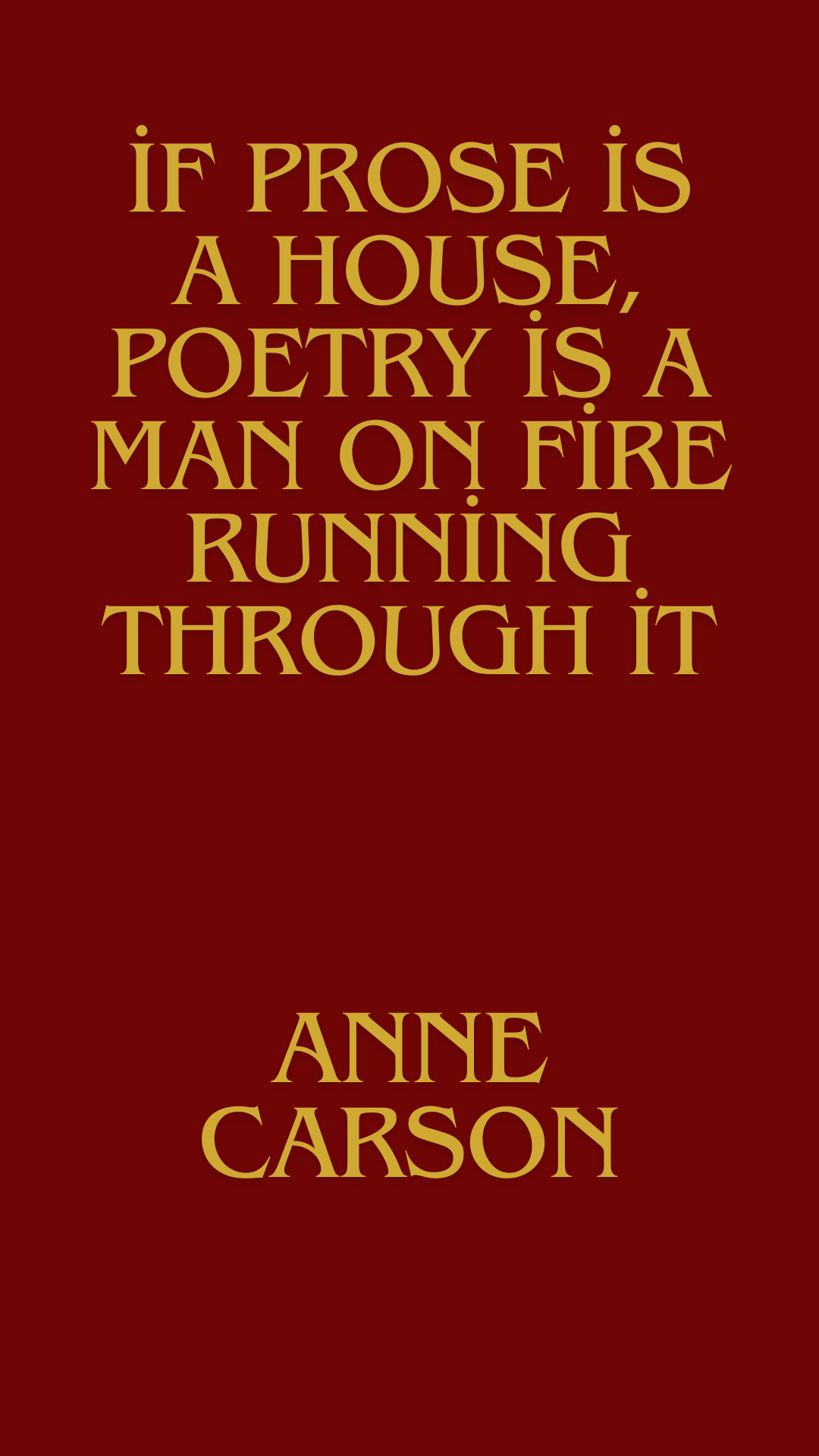Having published a few flash pieces and short stories years ago, at some point, I fell in love with poetry and gave it my full attention and investment. Unlike prose, where commitment, discipline and skill might, if you are lucky, equate to success and financial stability, poetic practice offers no such promise. Royalties perhaps. Free copies of your books, paid gigs, a little travel… suffice to say, poets definitely write for the love of writing. For me, poetry allowed for bursts of episodic ludic play and slotted into my life at a time when I could only steal moments for myself to write, in an otherwise relentlessly demanding domestic backdrop.
These days, I’m switching between practices of prose and poetry and I wanted to share some thoughts about the differing processes and demands operating for each practice.
The discrete poem often looks at a single moment, whereas the long poem (and other serial works or sequences) much like the novel, are inquiries that fold multiple moments of intensity inside them. A few of my most recent poetry collections have been long poems, where I attempt to resist and upend narrative, flowing volta to volta, trying to create something immersive for the reader that is simultaneously testing my ability to write lyricism with sustained momentum. It often required me to form a longer-term relationship with my work rather than just embark on an episodic affair.
Perhaps my engagement with the long poem, seriality, and the poetic sequence was the nurturing ground necessary to develop the stamina required to continue writing the novel that I started some years ago. There have been many times over the years when I gave up, halting the process whenever I hit a roadblock (either in life or in the writing itself). The poem, long or otherwise, can always be abandoned, but writing a novel requires grit, discipline, and commitment to keep grafting beyond the point of inspiration.
Novel writing demands a different kind of fidelity.
A poem can be left unfinished, and it is harder to notice absent components, whereas the novel is more transparent, and the reader will pick up on dangling narrative threads, ideas that are not fully realised, unsatisfactory endings, unrealistic settings or plot lines, or incomplete character arcs. Underdeveloped elements become glaringly obvious to the reader, if they ever make it to a readership. To continue Anne Carson’s metaphor, the narrative architecture is more than the building itself, it is the furnishing that completes the home. Every room, every chapter, must be designed with purpose; each piece of narrative furniture must be meticulously placed to contribute to the overall coherence and functionality.
These days, I can afford to spend time producing something beyond the episodic, something extended and kaleidoscopic. Novel writing is knotty and sprawling, it requires sustained attention and an intimate engagement with the characters’ lives, thoughts, and behaviours. Their problems nag at me. When I leave characters in perilous situations, I worry about them, because they aren’t just words on a page, they have somehow become real people, a couple of whom I have started to care about(!)
The novel requires me to dwell in the mural, rather than draw one single canvas.
It is a challenge for poets, especially those with an attention span that is primed for the episodic poem. With mimicry and mimesis, the novel demands that I observe, explore, and emulate both myself and others; that I reproduce their varied perspectives, lending my characters the attributes, anecdotes, characteristics and idiosyncrasies of people I have either known or encountered. I am enjoying plumbing the vicissitudes of existence, the verisimilitude and peculiarities of being for my characters. I’m enjoying working out how to hop back and forth through events with flashbacks and flash-forwards, techniques to demonstrate the interconnectedness of characters and events across different timelines.
At a sentence level, prose writing requires me to linger a little longer in the language, and generally, expand on passages much more than the poet in me is comfortable with. It isn’t exactly the opposite of concision. Ideally, all writing should be concise, but it requires a sustained intensity, a creation of a whole world that is panoramic, rather than just a snapshot.
I’m still writing poetry. I have a forthcoming pamphlet, tentatively named, SLOW DOWN, YOU THIRSTY FREAK for the Seamarks series, a short run of 26 copies, curated by one of the editors of Shearsman Magazine, Kelvin Corcoran, and in collaboration with the wonderful artist David Rees. I’ll be sending out to friends and subscribers. (Hit me up for a copy).
I’m also working on some poems for the Université Sorbonne Nouvelle, Paris, for an anthology on microbiological life. I’ve been writing about chirality bacteria. My research has involved reading academic papers that discuss necessary safeguards to contain bacteria within laboratory settings, highlighting the potential risks that could enable organisms to overcome a weakened immune system, (for now, a hypothetical scenario where mirror bacteria thrives in nature). This poem engages with the potential for catastrophic outcomes, even biowarfare, as a result of human error, ethical lapses and unchecked ambition.
It’s a delicate balancing act to transition back and forth from the expansive and intricate world of prose to the brevity and intensity of poetry, especially scientific poetry, or poetry that is dealing with information, which requires the writer to interpret, conceptualise, distil and re-contextualise information. They are such differing literary territories, requiring differing processes, methodologies and organising principles.
I hope you’ve found something useful in my musings. If you or someone you know would like feedback on their manuscript (poetry or prose) please do send them my way!






Good luck with the novel!